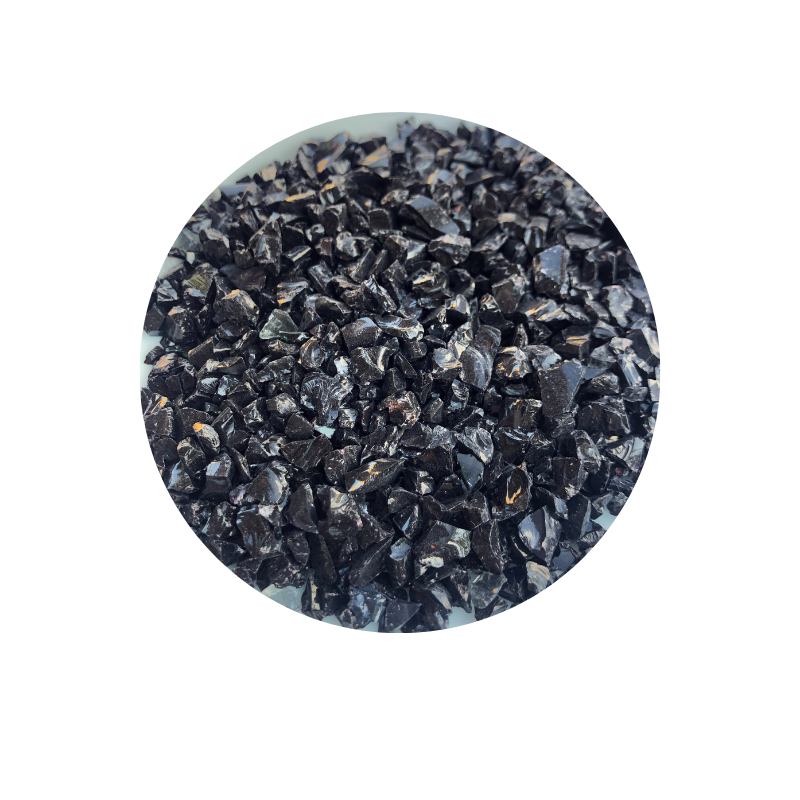
silicon carbide types
Silicon carbide (SiC) is a compound semiconductor that has gained significant attention in various industries due to its unique properties. Known for its high thermal conductivity, electrical resistivity, and mechanical strength, silicon carbide is increasingly being used in applications ranging from power electronics to aerospace. This article delves into the different types of silicon carbide, their characteristics, and their applications.
There are several polytypes of silicon carbide, which are distinguished by their crystal structures. The most common polytypes are 3C-SiC, 4H-SiC, and 6H-SiC. Each type has distinct electronic properties that make it suitable for specific applications.
.
4H-SiC features a hexagonal crystal structure and is highly favored in the semiconductor industry. One of its notable characteristics is its wide bandgap of approximately 3.26 eV, which allows it to operate efficiently at high voltages and temperatures. This property makes 4H-SiC perfect for power electronics, including MOSFETs and diodes, as it can withstand harsh conditions while maintaining performance. Furthermore, 4H-SiC has become essential for electric vehicle (EV) technology, as it enhances the efficiency of power conversion systems, leading to better battery performance and longer driving ranges.
silicon carbide types

6H-SiC, another hexagonal polytype, is known for its excellent thermal stability and mechanical strength. With a bandgap of around 3.0 eV, it can also operate at high temperatures, making it suitable for applications in harsh environments, such as in aerospace, missile technology, and high-temperature sensors. While 6H-SiC has been widely utilized historically, 4H-SiC is gradually taking precedence due to its superior electronic performance.
Beyond these three primary types, researchers are exploring the possibilities of developing novel SiC polytypes with improved properties. By engineering the crystal structure and composition, it is possible to enhance the performance characteristics of silicon carbide, paving the way for next-generation devices.
In conclusion, the various types of silicon carbide, including 3C-SiC, 4H-SiC, and 6H-SiC, offer unique advantages that cater to diverse applications. The continuous development in the field of SiC technology promises to address the growing demand for efficient, high-performance electronic devices in our increasingly electrified world. As industries aim for sustainability and efficiency, Silicon carbide is poised to play an indispensable role in the advancement of power electronics, electric vehicles, and beyond. Thus, understanding these different polytypes is critical for engineers and researchers striving to innovate in this exciting field.
Share
-
Vermiculite Wholesale – Premium Quality, Bulk Supply & Competitive PricingNewsJun.10,2025
-
Premium Glass Pebbles Custom Glass Pebbles Factory & OEM Manufacturer Reliable Custom Glass Pebbles FactoriesNewsJun.10,2025
-
Expert Custom Zeolite Producers Manufacturers & FactoriesNewsJun.10,2025
-
Custom Glow in the Dark Beads High-Quality Custom ManufacturersNewsJun.10,2025
-
China Ceramsite Balls Factory - Lightweight & Durable Media Solutions ManufacturerNewsJun.09,2025
-
Custom Matte Mica Powder Manufacturers High Quality & AffordableNewsJun.09,2025






